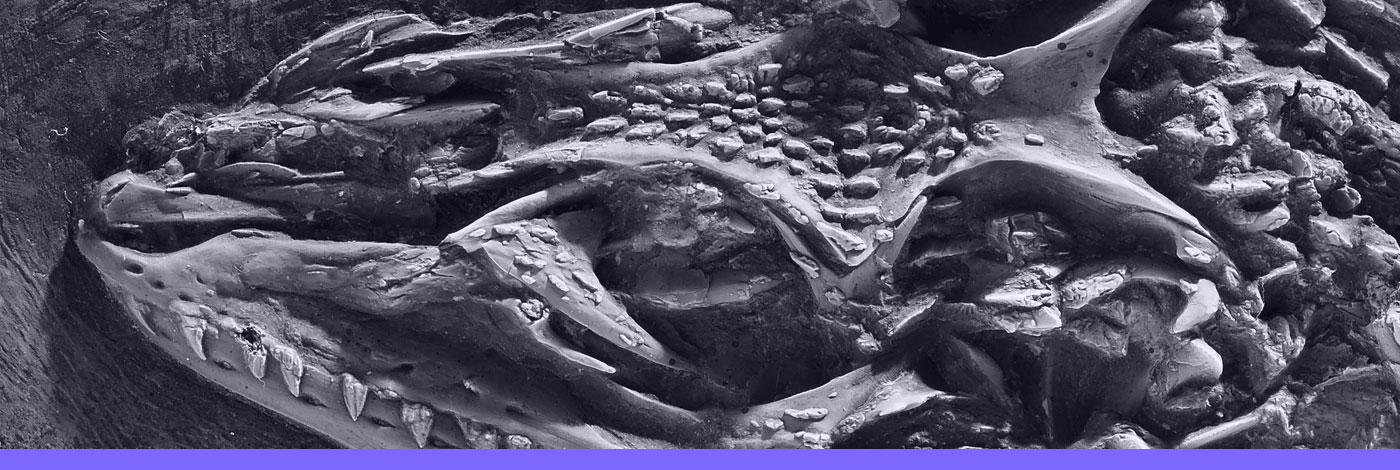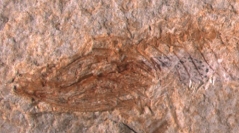

 Comptes Rendus Palevol
16 (3) - Pages 266-277
Comptes Rendus Palevol
16 (3) - Pages 266-277Bristlemouths of the genus Cyclothone are currently regarded as the most abundant vertebrates on Earth. The fossil record seems to suggest that these fishes diversified during the Miocene in the Pacific Ocean, but there is no evidence of their presence in the Miocene of the Atlantic Ocean and Mediterranean basin. A new bristlemouth, Cyclothone gaudanti sp. nov. (Teleostei, Stomiiformes, Gonostomatidae), is described herein based on 16 specimens from the Upper Miocene Makrilia Formation (late Tortonian of Crete, Greece). The small sized species is characterized by light pigmentation, 30–31 (14–15 + 15–16) vertebrae, dorsal fin with 10–13 rays, anal fin with 10–14 rays, premaxilla bearing seven closely spaced teeth, maxilla with 42–55 teeth, epipleurals, and autogenous parhypural. The presence of epipleurals appears to be unique of this Miocene species, and the re-establishment of this ancestral character state may be possibly interpreted as related to a phylogenetic character reversal. Morphological and paleoecological considerations suggest that this species possibly inhabited the upper mesopelagic layer, at depths ranging from 2–300 and 500 meters.
Teleostei, Gonostomatidae, Crete, Neogene, Tortonian, Cyclothone gaudanti sp. nov.